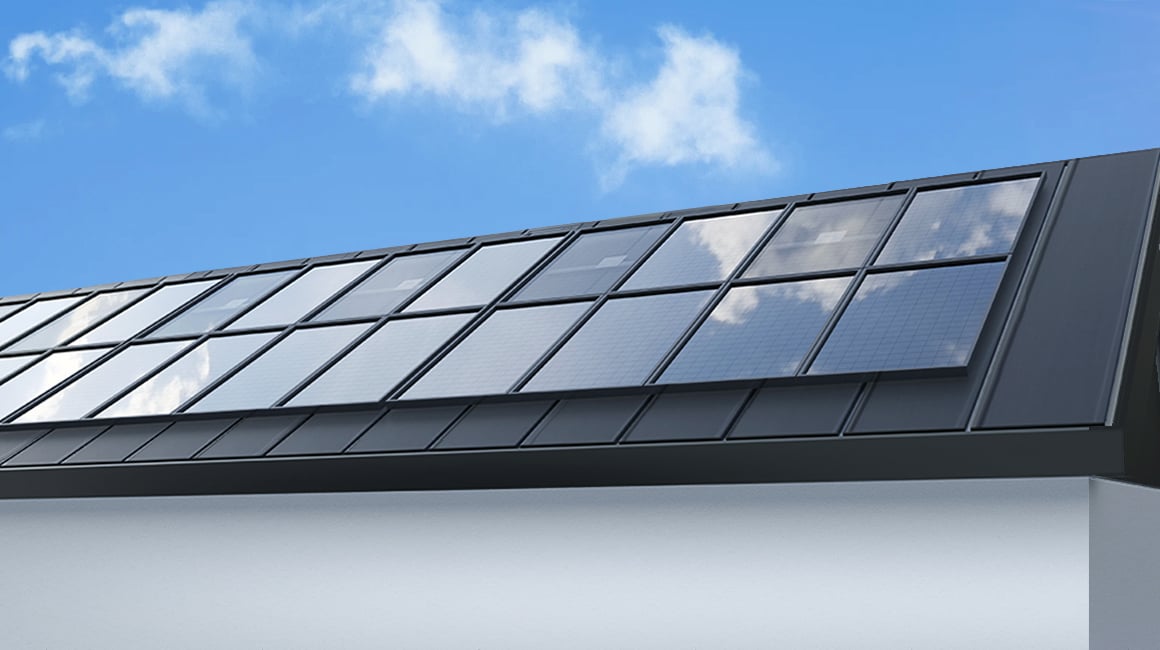Unveiling the Future: Discover the Groundbreaking Innovations in Solar Power!
Solar power has emerged as a beacon of hope in the quest for sustainable energy solutions. As we grapple with the pressing challenges posed by climate change and the depletion of fossil fuels, the significance of solar energy in the renewable energy landscape cannot be overstated. The advancements in solar technology play a crucial role in maximizing energy efficiency and accessibility. With increasing investments and growing interest from both consumers and industries, the solar power sector is witnessing a surge in innovative solar power technology that promise to transform the way we harness the sun's energy. This article delves into the latest advancements in solar power technology, highlighting groundbreaking innovations that are paving the way for a brighter, more sustainable future.

Recent Advancements in Solar Panel Technology
Recent years have seen remarkable improvements in solar panel technology, particularly in efficiency and design. Bifacial solar panels, which capture sunlight from both sides, have gained traction due to their ability to enhance energy capture significantly. Unlike traditional panels, bifacial designs can harness reflected sunlight from the ground, providing up to 20% more energy output in optimal conditions. This innovation is particularly beneficial for installations on surfaces like white rooftops or sandy landscapes. Additionally, transparent solar cells are making waves as they allow natural light to pass through while generating electricity. Their potential applications range from windows in buildings to the screens of electronic devices, seamlessly integrating solar power generation into our everyday environments.
Furthermore, the design of solar panels is evolving to meet aesthetic preferences and functional needs, with solutions like solar shingles and building-integrated photovoltaics (BIPV) providing options that blend with architecture. These innovations not only enhance the visual appeal of solar technology but also open avenues for urban integration, where renewable energy sources can be embedded directly into infrastructure. A friend of mine recently installed solar shingles on their home, and they were thrilled to share how the sleek design complemented their roof while significantly reducing their energy bills.
Emerging Materials and Techniques
The exploration of new materials like perovskite is also set to revolutionize solar energy production. Perovskite solar cells have shown remarkable efficiency rates, rivaling traditional silicon-based panels. Their potential lies not just in performance but also in cost-effectiveness, as they can be produced using less material and simpler manufacturing processes. This advancement could lead to faster adoption of solar technologies across various markets. Additionally, innovative manufacturing techniques such as 3D printing and roll-to-roll processing are being developed to lower production costs and improve sustainability. These methods could make solar panel production more environmentally friendly, reducing waste and energy consumption in the manufacturing process.
Solar Power Storage Solutions
As solar power generation becomes more prevalent, the need for effective energy storage solutions is increasingly critical. Recent advancements in battery technologies are addressing this challenge head-on. Solid-state batteries, for instance, are gaining attention for their higher energy density and safety compared to traditional lithium-ion batteries. These batteries have the potential to store solar energy efficiently, allowing users to tap into their stored energy even when the sun isn't shining. Moreover, flow batteries are emerging as a practical solution for large-scale energy storage, capable of providing long-duration power and enhancing grid stability.
The integration of these advanced storage systems with solar power setups enables homeowners and businesses to maximize their use of solar energy. A neighbor of mine recently upgraded their solar system with a solid-state battery, and they were amazed at how much more reliable their energy supply became, even during cloudy days. This shift towards improved storage solutions is essential in ensuring that solar energy can be utilized effectively, making it a viable option for meeting energy demands.
Integration with Smart Technologies
The integration of solar technology with smart home systems and the Internet of Things (IoT) is another exciting frontier. Innovations in energy management systems are optimizing the use of solar energy in both residential and commercial applications. These systems can analyze energy consumption patterns and adjust the use of solar power accordingly, ensuring maximum efficiency. For instance, smart thermostats can be programmed to operate during peak solar production hours, further reducing energy costs and reliance on grid power.
Moreover, the development of mobile applications allows users to monitor and control their solar power systems in real-time, providing insights into energy production, consumption, and storage. This level of connectivity not only empowers users to make informed decisions about their energy usage but also contributes to a more sustainable energy ecosystem. One of my friends recently shared how their smart energy management system not only optimized their solar usage but also provided insights that helped them reduce their overall energy consumption.
Transforming Energy for a Sustainable Future
The innovative advancements in solar power technology are reshaping the energy landscape, offering promising solutions to meet global energy needs sustainably. From the efficiency enhancements in solar panels to the integration of smart technologies and advanced storage solutions, the future of solar energy looks remarkably bright. Continued research and investment in these innovations are crucial to unlocking the full potential of solar energy, ensuring that it plays a significant role in our transition to a cleaner, greener planet. Staying informed about these advancements will not only empower individuals to make sustainable choices but also contribute to a collective effort towards a more sustainable future.








